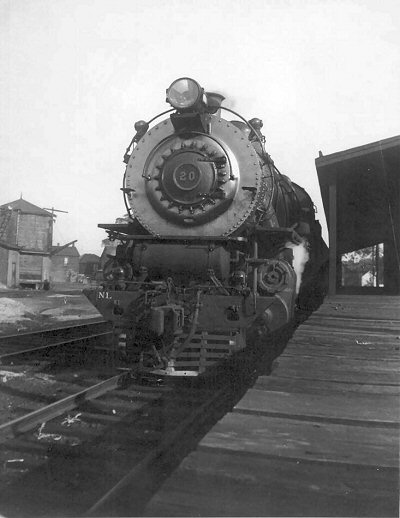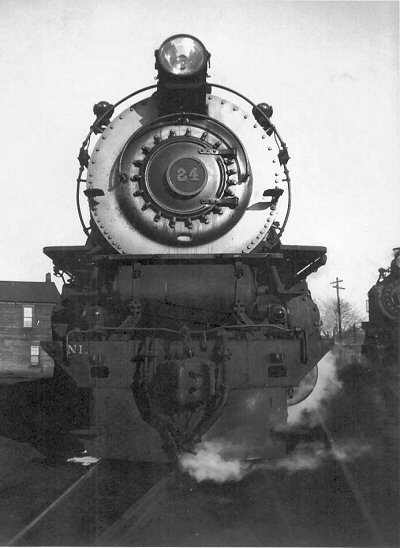While looking though all the books for smoke box pictures, I came across this one in "The Trains We Rode" by Beebe and Clegg. I noticed something just a little differant about the smoke box on LIRR 23 then any other PRR locomotives using the same pressed steel front. (Class A-5 up to J-1) Also, it apears that LIRR 21 was the same way, how ever LIRR 24 in a picture provided by Mr. Keller has the traditional bolting pattern of bolts being "doubled up" on the bottom half of the smoke box front. I guess I can save my self alot of drill and tap time! Any ideas about this?


Paul
"We are all here because we are not all there."
"We are all here because we are not all there."




